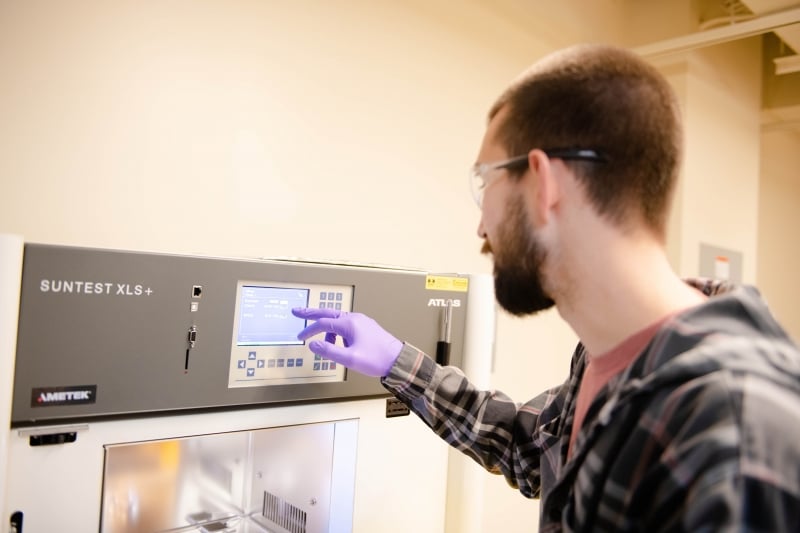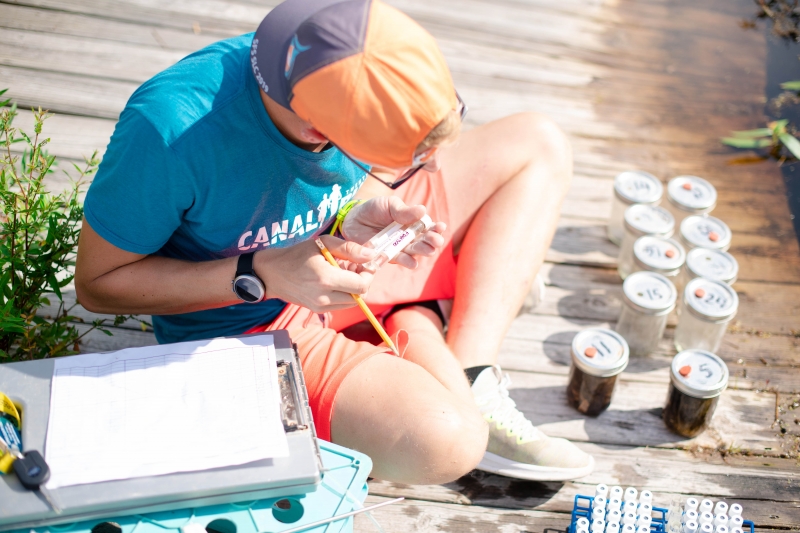Advance your education with a graduate program ranked in the top thirty nationally by U.S. News & World Report. The Department of Civil, Environmental, and Geospatial Engineering at Michigan Tech offers diverse graduate studies in environmental engineering:
Opportunities in Interdisciplinary and International Research
Graduate students in all programs develop a deeper understanding of how human systems impact the natural environment and how to engineer systems to protect human health and ecosystems. Sustainability is integrated throughout the curriculum, and faculty and students regularly work on interdisciplinary research projects in the areas of biological sciences, chemistry, forestry, geological engineering and sciences, chemical and mechanical engineering, and environmental policy.
Through several international programs, students can also play a critical role in the facilitation of appropriate technology, beneficial infrastructure, and social change in underdeveloped communities throughout the world.
Research funding comes from a wide variety of sources, including federal and state governments, industry, and foundations. The department attracts more than $3 million in research funds each year.
World-Class Facilities
Environmental engineering is housed in the $45 million Dow Environmental Sciences and Engineering building, overlooking the Keweenaw Waterway. The $25 million Great Lakes Research Center, completed in 2012, provides additional research facilities. Graduate students have access to more than 43,000 square feet of research and teaching laboratories with state-of-the-art equipment for drinking water and wastewater treatment, organic and inorganic contaminant characterization, air- and water-quality monitoring, and sediment analysis. Laboratory facilities provide opportunities ranging from small-scale batch and continuous-flow kinetic studies of engineered systems to large-scale simulations of mesocosms of the natural environment. The department also maintains its own research vessel, the R/V Agassiz, which allows researchers to take advantage of the largest freshwater laboratory in the world: Lake Superior.


